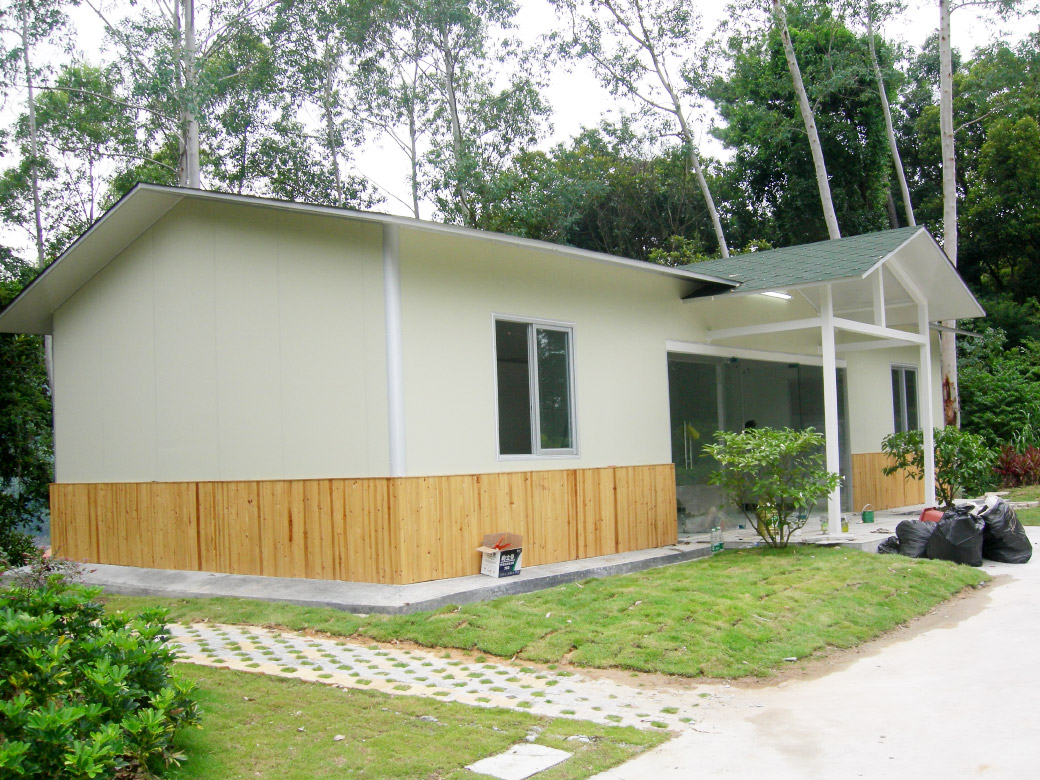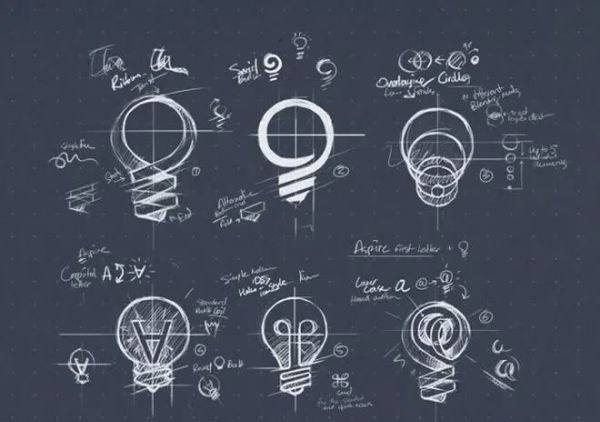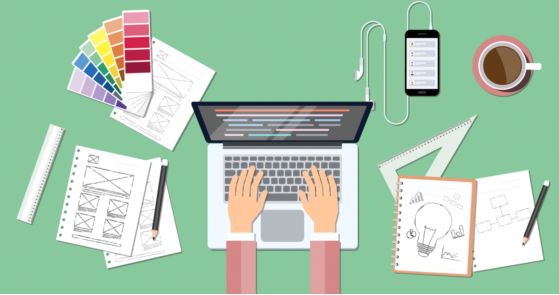What is service design
What is service design
Service design is the activity of planning and organizing the human, infrastructure, communication and physical components of a service to enhance its quality and the interaction between the service provider and its customers. Service design can act as a way of notifying changes to existing services or creating new services entirely.
The purpose of a service design methodology is to establish best practices for designing services based on the needs of the client and the capabilities and capabilities of the service provider. With a successful service design approach, the service will be user-friendly and relevant to customers, while being sustainable and competitive for service providers. To this end, service design uses methods and tools derived from different disciplines, from ethnography to information and management sciences to interaction design. Concepts and ideas of service design are often depicted visually using different presentation techniques according to the culture, skills and level of understanding of the stakeholders involved in the service process (Krucken and Meroni, 2006).
definition
The practice of service design is the specification and construction of processes that provide valuable action capabilities for specific customers. Service design practices can be tangible or intangible, and may involve artifacts or other elements such as communications, environments, and behaviors. Several authors of service design theory including Pierre Eiglier, Richard Normann, Nicola Morelli have emphasized that services exist at the same time they are provided and used. Instead, a product is created and "exists" before it is purchased and used. Although the designer can prescribe the exact configuration of a product, he/she cannot in the same way prescribe the result of the interaction between the customer and the service provider, nor can he/she prescribe the resulting form and characteristics of any sentimental value through Serve.
Thus, service design is an activity that, among other things, suggests patterns of behavior or "scripts" to actors interacting in a service. Understanding how these patterns intertwine and support each other is an important aspect of design and service characterization. This allows for greater customer freedom, and better provider adaptability to customer behaviour.
Service Design Principles
Adam Lawrence, Jakob Schneider, Marc Stickdorn and Markus Edgar Hormess, 2018 This is what Service Design does: Applying Service Design Thinking in the Real World presents six service design principles:
People-centred: Consider the experience of all those affected by the service.
Collaboration: Stakeholders with different backgrounds and functions should be actively involved in the service design process.
Iteration: Service Design is an exploratory, adaptive and experimental approach that iterates towards implementation.
Sequential: Services should be visualized and orchestrated as a series of interrelated operations.
Real: Requirements should be researched in reality, ideas prototyped in reality, and intangible value demonstrated in physical or digital reality.
Holistic: Services should meet the needs of all stakeholders in a sustainable manner across the entire service and across the enterprise.
In 2011 "This is Service Design Thought: Basic Knowledge, Tools, Cases", the xxx principle is "user-centered". "User" means any user of the Service, including customers and employees of an organization. Therefore, the authors have updated "user-centred" to "human-centred" in their new book, Service Design, so that the meaning of human explicitly includes service providers, customers, and all other relevant stakeholders . For example, service design must consider not only the customer experience, but also the interests of all involved in retail.v
"Collaboration" and "iteration" come from the principle of "co-creation", which is the idea of service design. The service exists with the participation of customers and was created by a group of people from different backgrounds. For the most part, people tend to emphasize only what "collaboration" means, emphasizing the collaborative and interdisciplinary nature of service design, but ignoring the fact that services exist only with the participation of clients. Therefore, in the definition of the new service design principles, "co-creation" is divided into two principles of "cooperation" and "iteration". "Collaboration" is used to denote the entire creation process of stakeholders from different backgrounds. "Iteration" is used to describe that service design is an iterative process that is constantly iterated to adapt to changes in the business situation.
"Sequential" means that the service needs to be presented logically, rhythmically and visually. Service design is a dynamic process over time. Timelines are important for serving customers in a system. For example, when a customer is shopping on an online website, the xxx information displayed should be the area where the product can be delivered. This way, if a customer finds out that a product cannot be delivered to their region, they will not continue to browse for products on the website.
Services are usually invisible and occur in a state unperceived by the user. "Real" means that an intangible service needs to be shown in a tangible way. For example, when people order food in a restaurant, they cannot perceive various attributes of the food. If we carry out the vegetable cultivation and picking process in the restaurant, people will perceive invisible services in the background, such as the cultivation of organic vegetables, and get a high-quality service experience. This service can also help restaurants create a natural and organic brand image for customers.
Holistic thinking is the cornerstone of service design. Holistic thinking requires considering both intangible and tangible services, and ensuring that every moment a user interacts with a service (known as a touchpoint) is considered and optimized. Holistic thinking also requires understanding that customers have multiple logics to complete an experience. Therefore, service designers should consider various aspects from different angles to ensure that no requirement is missed.
methodology
Along with the most traditional methods used in product design, service design requires methods and tools to control new elements in the design process, such as time and interactions between actors. Nicola Morelli presented an overview of service design methods in 2006, in which he proposed three main directions:
Identify actors involved in service definition through appropriate analytical tools
Define possible service scenarios, verify use cases and sequence of operations and actor roles to define service requirements and their logic and organizational structure
Represent services by illustrating techniques for all components of the service, including physical elements, interactions, logical links, and time series
Analytical tools relate to social construction in anthropology, social studies, ethnography and technology. Video ethnography presents an appropriate elaboration of these tools and employs different observational techniques to collect data on user behavior. Within the design discipline, other methods have also been developed, such as cultural probes, whose purpose is to capture information about customers in the context of use (Gaver, Dunne et al., 1999; Lindsay and Rocchi, 2003).
Design tools are designed to generate a blueprint of a service that describes the nature and characteristics of the interactions within the service. Design tools include service scenarios (describe interactions) and use cases (describe details of the time series encountered by the service). Both techniques have been used in software and systems engineering to capture the functional requirements of a system. However, when used in service design, they have been appropriately modified to include more information about the material and immaterial components of services, as well as time series and physical processes. Crowdsourcing information has proven very useful in providing such information for service design purposes, especially when that information has very low or very high monetary value. Other techniques (eg IDEF0), Just in Time and Total Quality Management are used to generate a functional model of the service system and control its flow. However, it is important to note that due to the high degree of uncertainty associated with customer behaviour, such tools may be too rigid to describe services in which customers should take an active role.
Presentation techniques are critical in service design due to the need for communication between service internal mechanisms and actors such as end users. Therefore, storyboards are often used to illustrate foreground interactions. He states that techniques have been used to describe interactive systems or "platforms" in services (Manzini, Collina et al., 2004). More recently, video sketches (Jegou, 2009, Keitsch et al., 2010) and prototypes (Blomkvist, 2014) have also been used to produce quick and effective tools to stimulate customer participation in service development as well as their participation in the value production process.
- Previous:service process design
- Next: PCB professional service design and method




